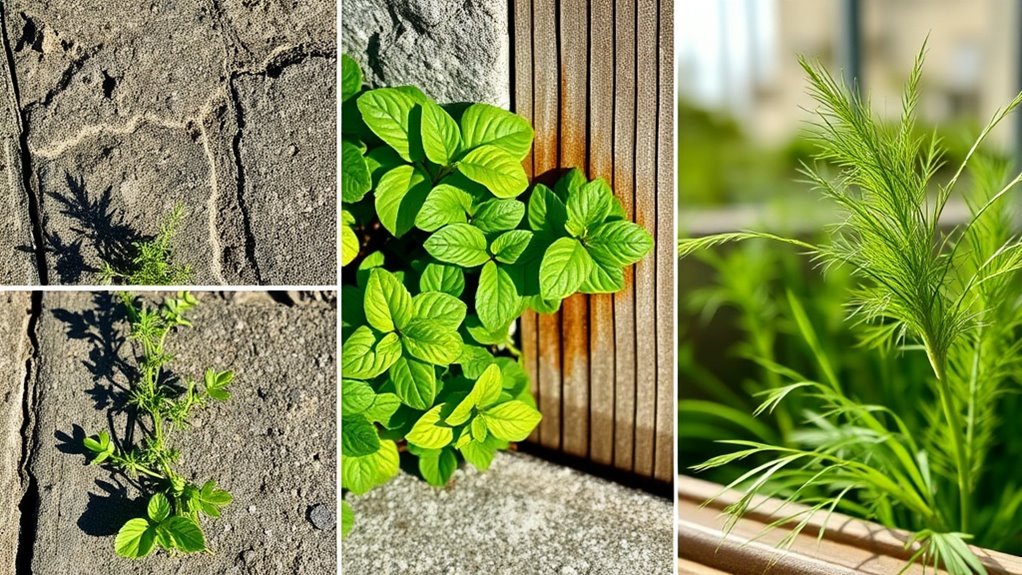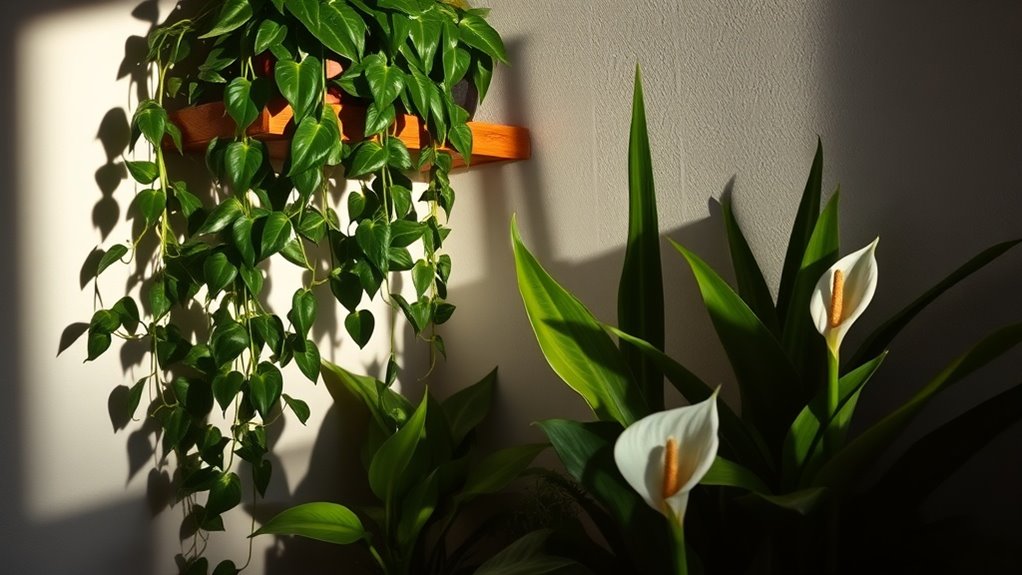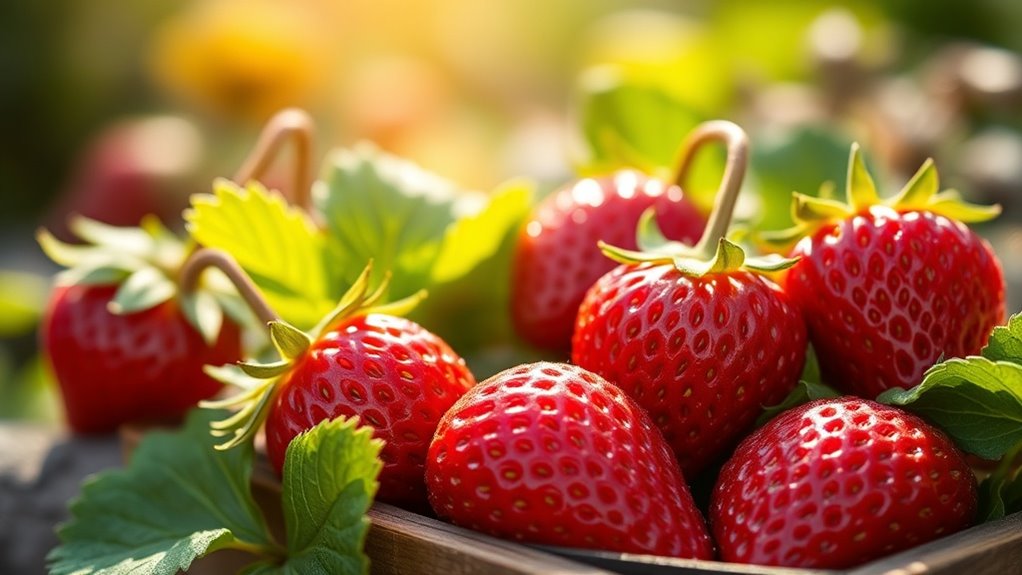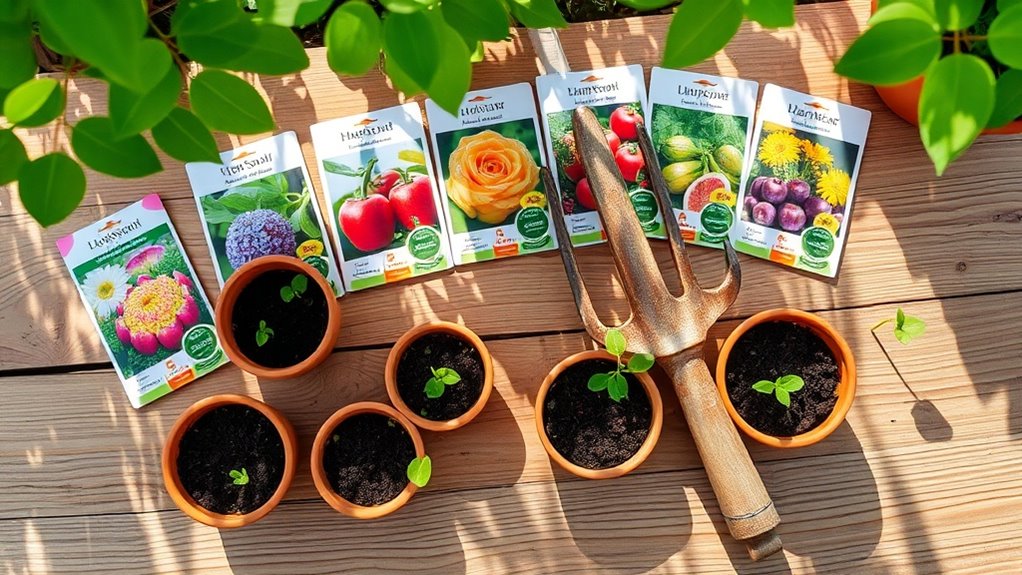The Ultimate Indoor Plant Care Routine for Thriving Greenery
To cultivate thriving indoor plants, it’s essential to understand their specific needs. Start by assessing light requirements for each variety you have, as positioning them correctly can significantly impact their health. Next, consider your watering techniques and schedules, adapting them to seasonal changes. With proper care, your greenery can flourish. Let’s explore the vital steps that follow to ensure your indoor plants thrive effortlessly.
Assessing Light Requirements
When you’re choosing indoor plants, understanding their light requirements is crucial for their health and growth.
Different plants have varying needs—some thrive in bright, indirect light, while others prefer low light.
For successful indoor plant care tips, assess your space’s natural light and position plants accordingly.
Regularly reevaluate their placement to ensure they receive the right amount of light for flourishing.
Watering Techniques and Schedules
Although each plant has unique watering needs, developing a consistent watering schedule is essential for maintaining their health.
Water your plants when the top inch of soil feels dry, ensuring thorough saturation without waterlogging. Adjust frequency based on seasonal changes, humidity, and pot size. Overwatering can lead to root rot, which is a common issue that can severely affect plant health.
Using room-temperature water can enhance absorption, while also incorporating a moisture meter can provide helpful guidance for accuracy.
Maintaining Optimal Humidity Levels
How can you ensure your indoor plants thrive in a less-than-ideal humidity environment?
First, consider using a humidifier to maintain levels between 40-60%.
Grouping plants together naturally raises humidity, as they release moisture.
You can also mist leaves or place trays of water near your greenery.
Regularly check humidity with a hygrometer to fine-tune your environment for optimal growth. Additionally, keeping certain plants that are known to thrive in higher humidity levels can help create a more suitable environment for your indoor foliage.
Fertilization Guidelines for Growth
To ensure your indoor plants flourish, it’s crucial to understand their fertilization needs. Use a balanced, water-soluble fertilizer during the growing season, typically every 4-6 weeks.
Dilute it to half strength to prevent root burn. Pay attention to signs of nutrient deficiency, such as yellowing leaves, and adjust your fertilization schedule accordingly to promote healthy, vibrant growth.
Pruning and Repotting Essentials
Regular maintenance of your indoor plants goes beyond fertilization and includes pruning and repotting.
Prune dead or yellowing leaves and any overcrowded branches to promote air circulation and growth.
Repot every 12 to 18 months when roots outgrow the container, using fresh potting mix.
Choose a pot one size larger, ensuring proper drainage to support healthy root development and overall plant vitality.





